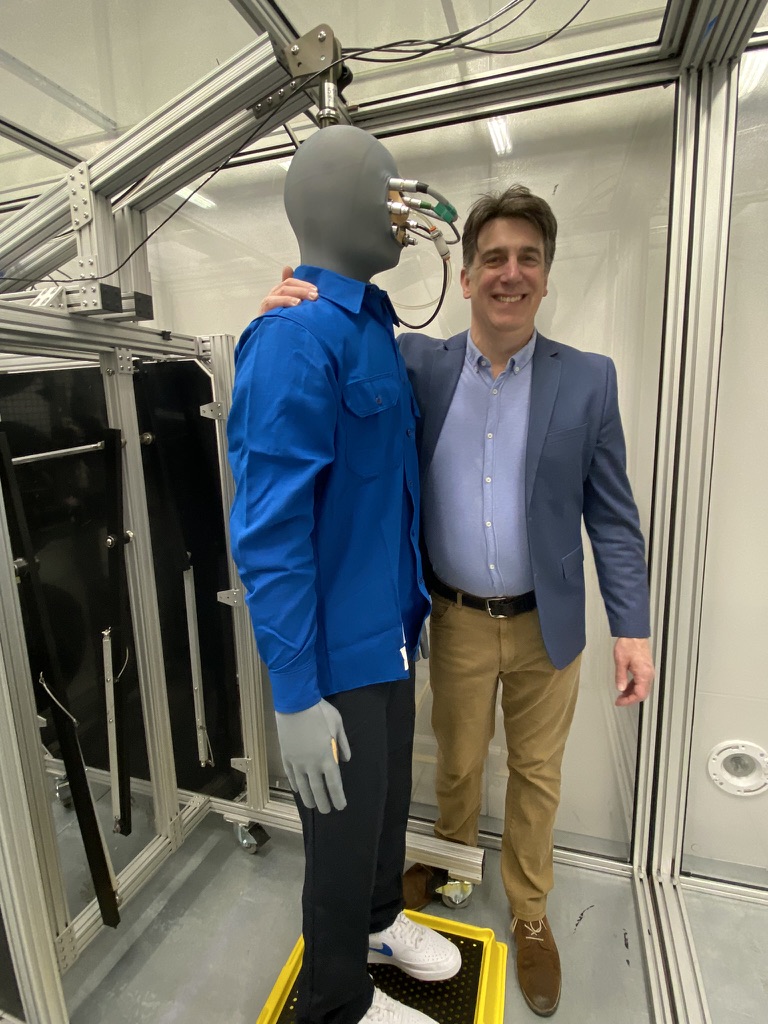ANDI, the world’s most advanced thermal manikin, is on a mission to make the world a better, safer place, and the team at Thermetrics is eager to get him into the hands of the leading scientists and engineers who can make that happen.
Thermetrics president Rick Burke recently visited Arizona State University (ASU) to drop off (and set up) the promising young man(ikin), dedicated to helping some of these brilliant minds conduct environmental research.

Associate professor of mechanical engineering, Konrad Rykaczewski, and his colleagues received an NSF Major Research Instrumentation Program grant to fund ANDI in 2021. Now, several ASU students are using ANDI in their thesis on climate change and its impact on the human body and increasing temperatures in urban and desert environments.
ANDI has been modified to enable measurements in extremely hot urban indoor and outdoor settings, including a chamber built to expose and test ANDI to other climates, like Arizona in the summer – hello, heat! – and cities even hotter than Phoenix.
According to the Arizona Burn Center, pavement and asphalt temperatures can reach up to 170 and 180 degrees Fahrenheit and cause severe burn injuries.

While Rick was thrilled to see ANDI with his new friends in the desert, he would have been remiss not to present other use cases for ANDI and Thermetrics’ manikins outside of the Southwest.
During his presentation, Rick discussed:
- How Thermetrics manikins are being used to investigate how to regulate body temperatures of patients under anesthesia
- ANDI’s role in protecting people from extreme external hazards like heat and cold
- ANDI’s role in protecting people from extreme internal hazards like heat stress and dehydration
- The benefits of using state of the art manikins for increased safety, cost-effectiveness, timeliness, and high quality clothing creation
After his presentation, Rick was able to tour the lab, learn more about how students are using ANDI, and even reconnect with his old friend.

Learn more about ANDI, and the pivotal role he’s playing in climate change research here.

